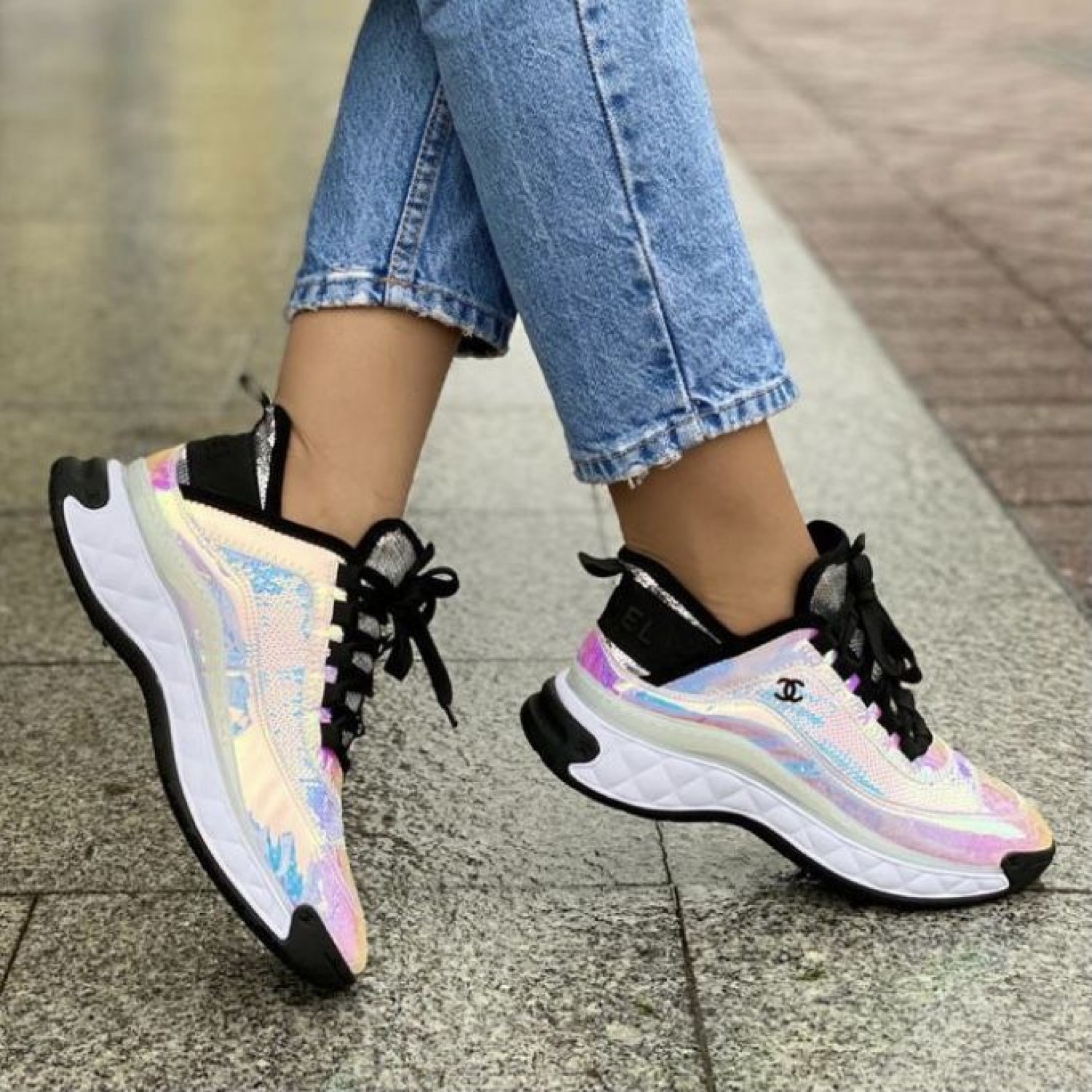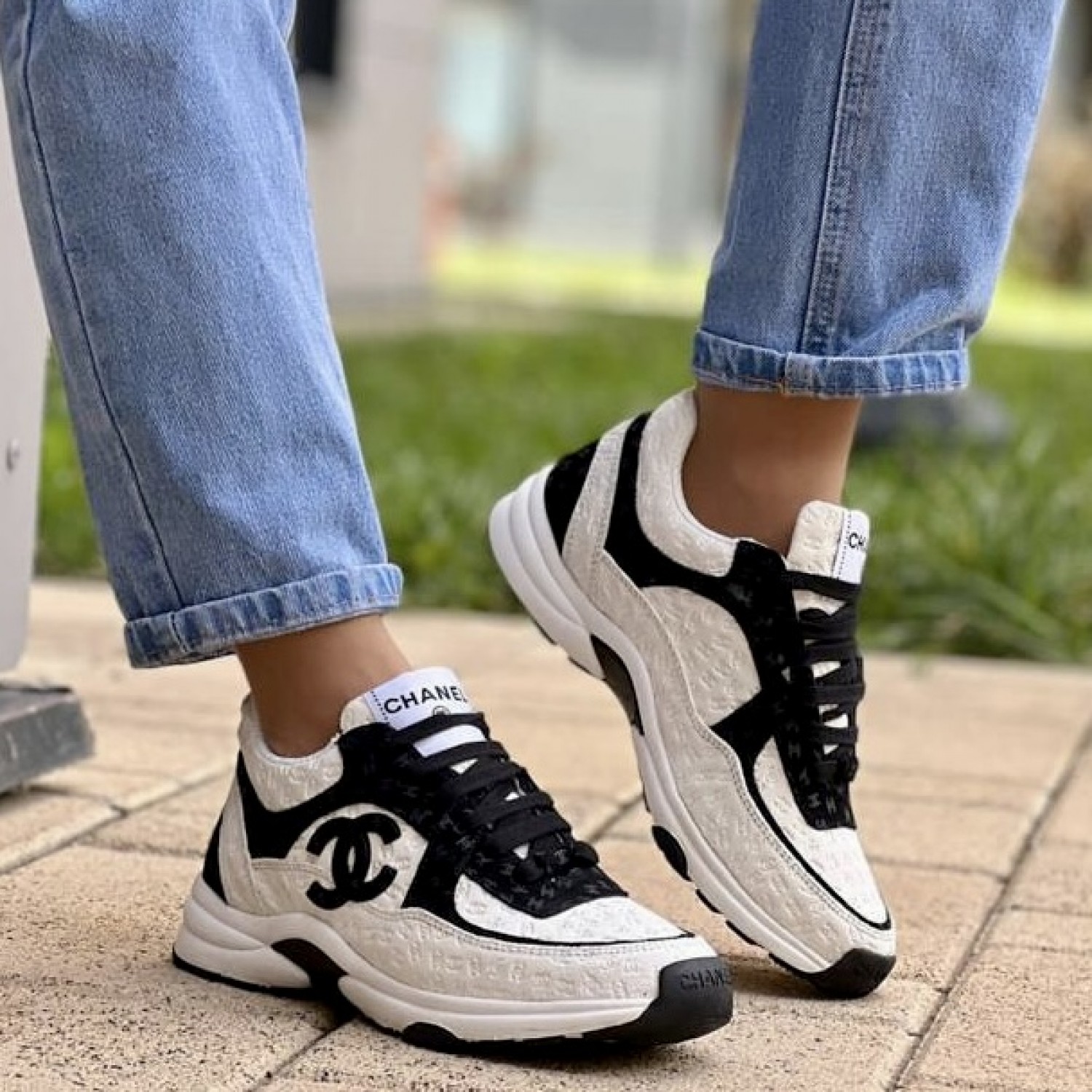As we age, swollen feet can become a common problem. When it comes to footwear, comfort should always come first. Finding the perfect pair of Boots for Elderly Swollen Feet can make a difference in comfort and freedom from pain. In this blog post, we’ll explore the importance of finding Shoes for Elderly Swollen Feet designed to support feet and provide much-needed relief from pain and discomfort.
Understanding Swollen Feet in the Elderly
Our bodies undergo numerous changes as we age, and swollen feet can become a common problem for many elderly individuals. Swollen feet, also known as edema, occur when excess fluid accumulates in the lower extremities, causing discomfort, pain, and limited mobility. There are several reasons why elderly individuals may experience swollen feet. One common cause is reduced circulation due to age-related conditions such as diabetes or peripheral artery disease. Another factor could be weakening the muscles and ligaments that support the feet, which can lead to fluid retention.
Understanding the underlying causes of swollen feet in older adults to manage the condition effectively is crucial. By doing so, individuals can seek appropriate treatment options and make lifestyle changes to alleviate discomfort and reduce the risk of complications.
 The Importance of Proper Footwear for Comfort and Mobility
The Importance of Proper Footwear for Comfort and Mobility
Regarding swollen feet in older adults, proper footwear is paramount for comfort and mobility. Finding the perfect pair of shoes specifically designed to accommodate swollen feet can make a difference in pain relief and overall well-being. Wearing ill-fitting shoes can exacerbate the discomfort caused by swollen feet, leading to increased pain and limited mobility. The right shoes should provide adequate support, cushioning, and flexibility to accommodate the swelling and reduce pressure on sensitive areas. They should also have a wider toe box and adjustable closures to accommodate changes in foot size throughout the day.
Proper footwear can help alleviate the symptoms of swollen feet, allowing individuals to engage in daily activities without discomfort or hindrance. These shoes can improve mobility and reduce the risk of falls or injuries by providing the necessary support and cushioning.
Investing in shoes prioritizing comfort and mobility is crucial for elderly individuals with swollen feet. It is a simple yet effective way to enhance their quality of life and maintain their independence for longer. So, remember, when it comes to swollen feet, comfort truly comes first!
Characteristics of Shoes for Elderly Swollen Feet
When finding the perfect pair of Shoes for Elderly Swollen Feet, certain characteristics are essential for maximum comfort and relief. Firstly, look for shoes that support the feet, arches, and ankles. This support helps reduce the strain on the muscles and ligaments, allowing for better stability and decreased pain. Another important characteristic to consider is cushioning. Shoes with extra padding or cushioning in the insole and midsole provide shock absorption, reducing pressure on the swollen areas. Additionally, shoes with a wider toe box allow more room for swollen feet and toes, preventing tightness or discomfort.
Adjustability is another crucial feature to look for. Shoes with adjustable closures, such as Velcro straps or elastic laces, allow for a customized fit, accommodating changes in foot size throughout the day. This flexibility ensures that the shoes adapt to the swelling and provide constant comfort. Lastly, consider the material of the shoes. Opt for breathable and stretchable materials, as they promote airflow and reduce friction, minimizing the risk of irritation or blisters.
Different Types of Boots for Elderly Swollen Feet
When it comes to finding the perfect pair of Boots for Elderly Swollen Feet, there are several different types of shoes to consider. Each type offers unique features and benefits that provide comfort and support for swollen feet.
Slip-On Shoes
One option is slip-on shoes. These shoes are easy to put on and take off, making them convenient for elderly individuals with limited mobility. Slip-on shoes typically have elastic or stretchy uppers that can accommodate swelling without putting pressure on sensitive areas.
Velcro Closure Shoes
Another type of shoe to consider is Velcro closure shoes. These shoes have adjustable Velcro straps that allow for a customized fit. This means that the shoes can be easily adjusted throughout the day to accommodate foot size and swelling changes.
Lace-Up Shoes
For individuals who prefer more traditional styles, there are lace-up shoes available. These shoes often have wider toe boxes and removable insoles, providing extra room and cushioning for swollen feet.
Sandals
Lastly, consider sandals or open-toe shoes. These options can be great for warmer weather, as they allow for airflow and prevent additional swelling.
Factors to Consider When Choosing the Best Shoes for Swollen Feet
When choosing the best shoes for swollen feet, several factors must be considered to ensure maximum comfort and relief. Firstly, look for shoes with a flexible and supportive sole. A sole that is too stiff can worsen discomfort and limit mobility. Additionally, consider the shoe’s material. Breathable and stretchable materials can help prevent irritation and blisters.
Adjustability is another important factor. Look for shoes with adjustable closures, such as Velcro straps or elastic laces, so that the fit can be customized to accommodate changes in foot size throughout the day. This allows for a snug fit without causing discomfort or restricting circulation. It’s also crucial to consider the shoe’s width and toe box. Look for shoes with a wider toe box to allow room for swollen feet and toes, preventing tightness and pressure points. The shoes should also have a deep and spacious interior to provide ample space for swelling.
How to Ensure a Perfect Fit for Shoes for Swollen Feet
When finding the perfect Boots for Elderly Swollen Feet, ensuring a perfect fit is crucial for optimal comfort and relief. Here are some tips to help you achieve just that.
Firstly, measuring the feet regularly is important, as the size and shape can change due to swelling. Use a measuring tape or visit a professional shoe store for accurate measurements.
Next, consider the shoe’s adjustability. Look for shoes with Velcro straps or elastic laces, as they can be easily tightened or loosened to accommodate changes in foot size throughout the day. This flexibility ensures a customized fit without causing discomfort. Additionally, pay attention to the shoe’s width and toe box. Look for shoes with a wider toe box to allow room for swollen feet and toes, preventing tightness and pressure points. The shoes should also have a deep and spacious interior to provide ample space for swelling.
Lastly, take into account any individual foot conditions or concerns. If your loved one has specific foot issues, such as bunions or hammertoes, look for shoes that provide extra support or have removable insoles to accommodate these conditions.
Tips for Wearing Shoes with Swollen Feet
When it comes to wearing shoes with swollen feet, a few tips and tricks can make all the difference in comfort and relief. First and foremost, it’s important to choose shoes with adjustable closures, such as Velcro straps or elastic laces. These allow you to customize the fit to accommodate changes in foot size throughout the day, ensuring a snug yet comfortable fit.
Another helpful tip is to opt for shoes with a wider toe box. This provides ample room for swollen feet and toes, preventing tightness or pressure points. Additionally, consider wearing socks or stockings made from stretchable materials to enhance comfort further and reduce friction.
When putting on your shoes, try doing it in the morning when your feet are least swollen. This will ensure a better fit throughout the day. If you’re experiencing severe swelling, elevating your feet for a few minutes before putting on your shoes can also help reduce swelling and make it easier to slide into your footwear.
Lastly, it’s important to listen to your body. If you feel discomfort or pain while wearing shoes, it may be a sign that they’re not the right fit for your swollen feet. Feel free to try different styles or sizes until you find the perfect pair that provides comfort and relief.
FAQs
If you still have questions about finding the perfect Boots for Elderly Swollen Feet, don’t worry! We’ve got you covered with some frequently asked questions and their answers.
Q: What are the best materials for shoes for swollen feet?
A: Breathable and stretchable materials are ideal for shoes for swollen feet. These materials promote airflow and reduce friction, minimizing the risk of irritation or blisters.
Q: Can I wear socks with shoes for swollen feet?
A: Wear socks or stockings made from stretchable materials can enhance comfort and reduce friction when wearing shoes for swollen feet.
Q: How often should I measure my feet for swollen feet?
A: It is important to measure your feet regularly, as the size and shape can change due to swelling. Use a measuring tape or visit a professional shoe store for accurate measurements.
Conclusion
In conclusion, finding the perfect pair of Boots for Elderly Swollen Feet is essential for comfort, mobility, and pain-free. Swollen feet can become a common problem as we age, causing discomfort, limited mobility, and increased risk of falls or injuries. By understanding the underlying causes of swollen feet in the elderly and prioritizing proper footwear, we can alleviate these symptoms and improve the overall quality of life for our loved ones.



